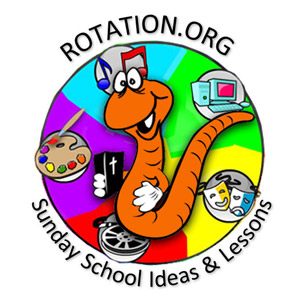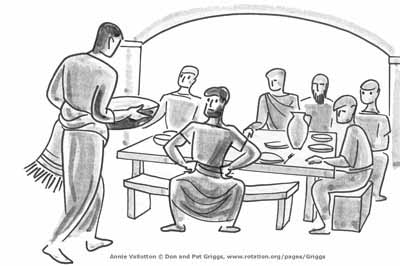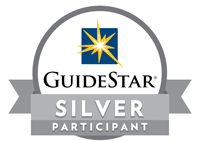Experimenting With Your Power of Memory
The Importance of Remembering Jesus' Story and Words
Play a number of memory games to demonstrate why we continue to celebrate the Last Supper as "The Lord's Supper" month after month, year after year, century after century -- and the importance of studying Jesus' story and message.
Card matching (concentration)
Create a deck of cards that only have two 2's, two 4's, two 6's, and two 8's, and two 10's. Shuffly and deal them face down. Turn one card over and then try to find its match by turning a second card over. If they don't match, place them both face down again.
Does your memory get better with time? How can you improve your memory of where the matches are?
Based on what you just learned, how can you get better at remembering Jesus' story and words?
What just happened?
Invite two people to enter the room talking about a football game they went to, while they look for some supplies. After a minute they leave the room. Students must write down what they just saw and heard. Compare notes. the first time you can have something distracting happening, like a teacher trying to talk while the two visitors come in. You can play this several times letting two students go out of the room and come back in (have them come up with a plan about what to talk about when they walk out).
What were they talking about? What were their names? What were they looking for? What were they wearing? Where were they going?
Based on what you just learned, how can you get better at remembering Jesus' story and words?
Can You Remember These Words?
Write this list on the board, then give students 1 minute to remember it, then cover it up and see how many they can remember by writing them on a sheet of paper. Do this a second time and let students work together.
List: New Covenant, Jesus, Cup, Table, Bread, Blood, Disciples, Sealed, Judas, Peter, Remember, Forgiveness, Promise, Believe
Based on what you just learned, how can you get better at remembering Jesus' story and words?

 This forum is part of Rotation.org's
This forum is part of Rotation.org's  There's a cool product that's quite inexpensive that many of us have probably used as a child. It's those red chewables that you chew up AFTER you've brushed your teeth. They show you what you DID NOT get clean, what you "missed" or didn't do a good enough job.
There's a cool product that's quite inexpensive that many of us have probably used as a child. It's those red chewables that you chew up AFTER you've brushed your teeth. They show you what you DID NOT get clean, what you "missed" or didn't do a good enough job.







